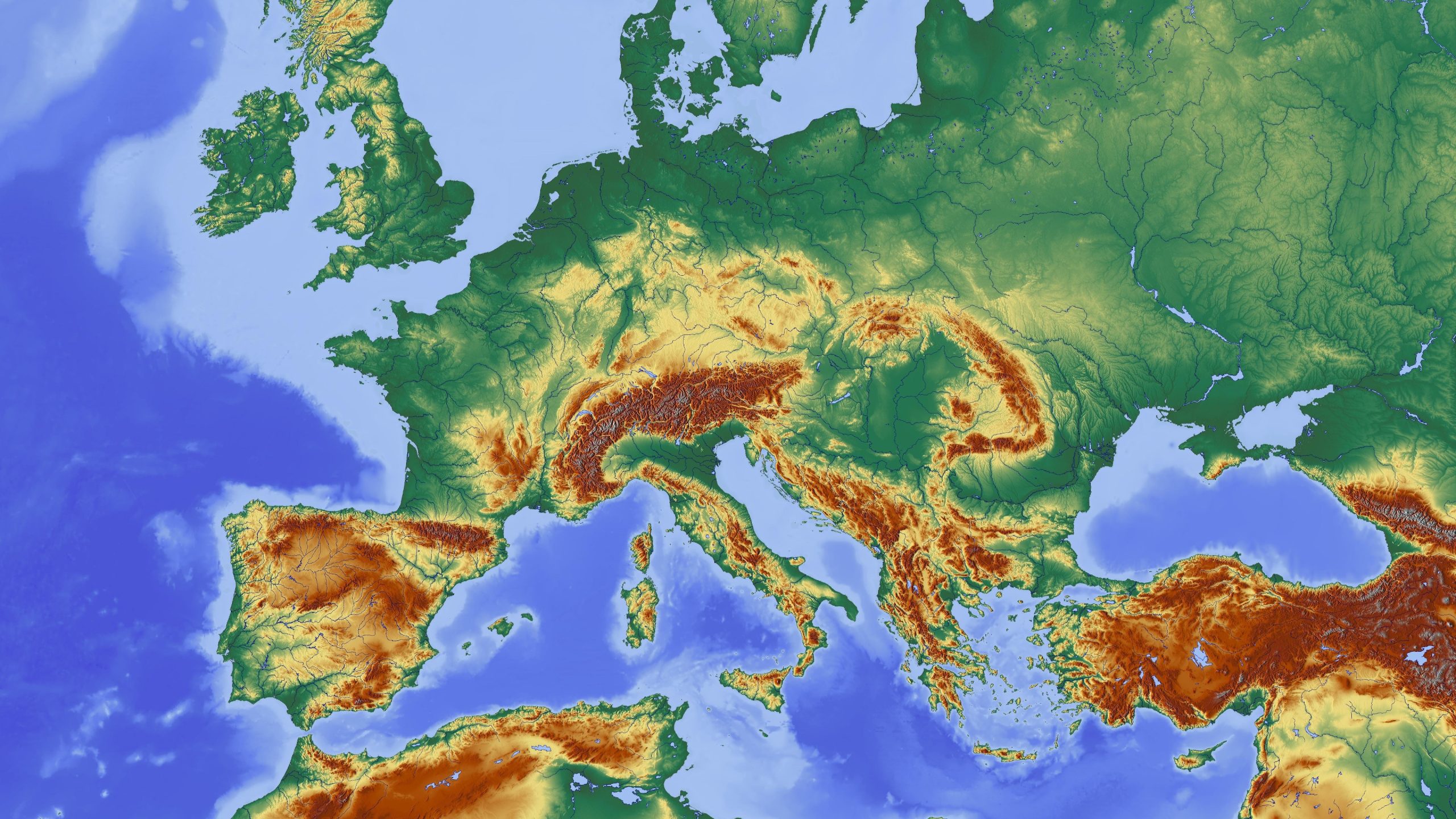
OGC Cloud Optimized GeoTIFF
This standard relies on two characteristics of the TIFF v6 format (tiles and reduced resolution subfiles), GeoTIFF keys for georeference, and the HTTP range, which allows for efficient downloading of parts of imagery and grid coverage data on the web and to make fast data visualization of TIFF or BigTIFF files and fast geospatial processing workflows possible.
Documents
| Document title | Version | OGC Doc No. | Type |
|---|---|---|---|
| OGC Cloud Optimized GeoTIFF Standard | 1.0 | 21-026 | IS |
Official model files and encoding schemas
Related links
| Document title | Version | OGC Doc No. | Type |
|---|
Overview
The Cloud Optimized GeoTIFF (COG) relies on two characteristics of the TIFF v6 format (tiles and reduced resolution subfiles), GeoTIFF keys for georeference, and the HTTP range, which allows for efficient downloading of parts of imagery and grid coverage data on the web and to make fast data visualization of TIFF or BigTIFF files and fast geospatial processing workflows possible. COG-aware applications can download only the information they need to visualize or process the data on the web. Numerous remote sensing datasets are available in cloud storage facilities that can benefit from optimized visualization and processing. This standard formalizes the requirements for a TIFF file to become a COG file and for the HTTP server to make COG files available in a fast fashion on the web.
COG was previously defined by a community of users with the intention of improving the distribution of remote sensing images on the cloud. This standards respects the decisions taken and conventions adopted by the community and formalizes them in standard requirements and recommendations. The Standard name still reflects this original purpose: a format optimized for the cloud.